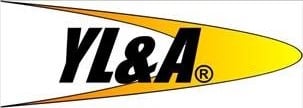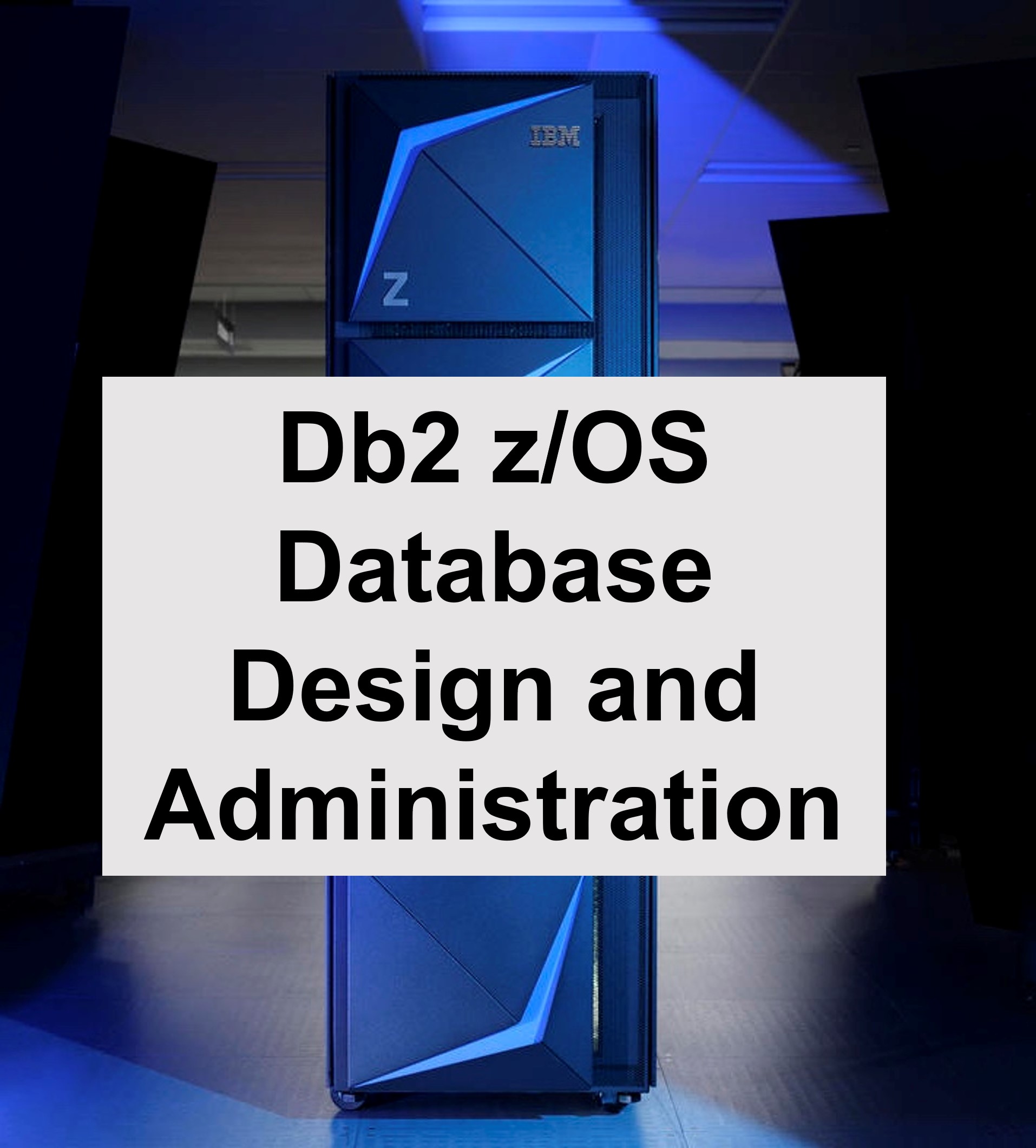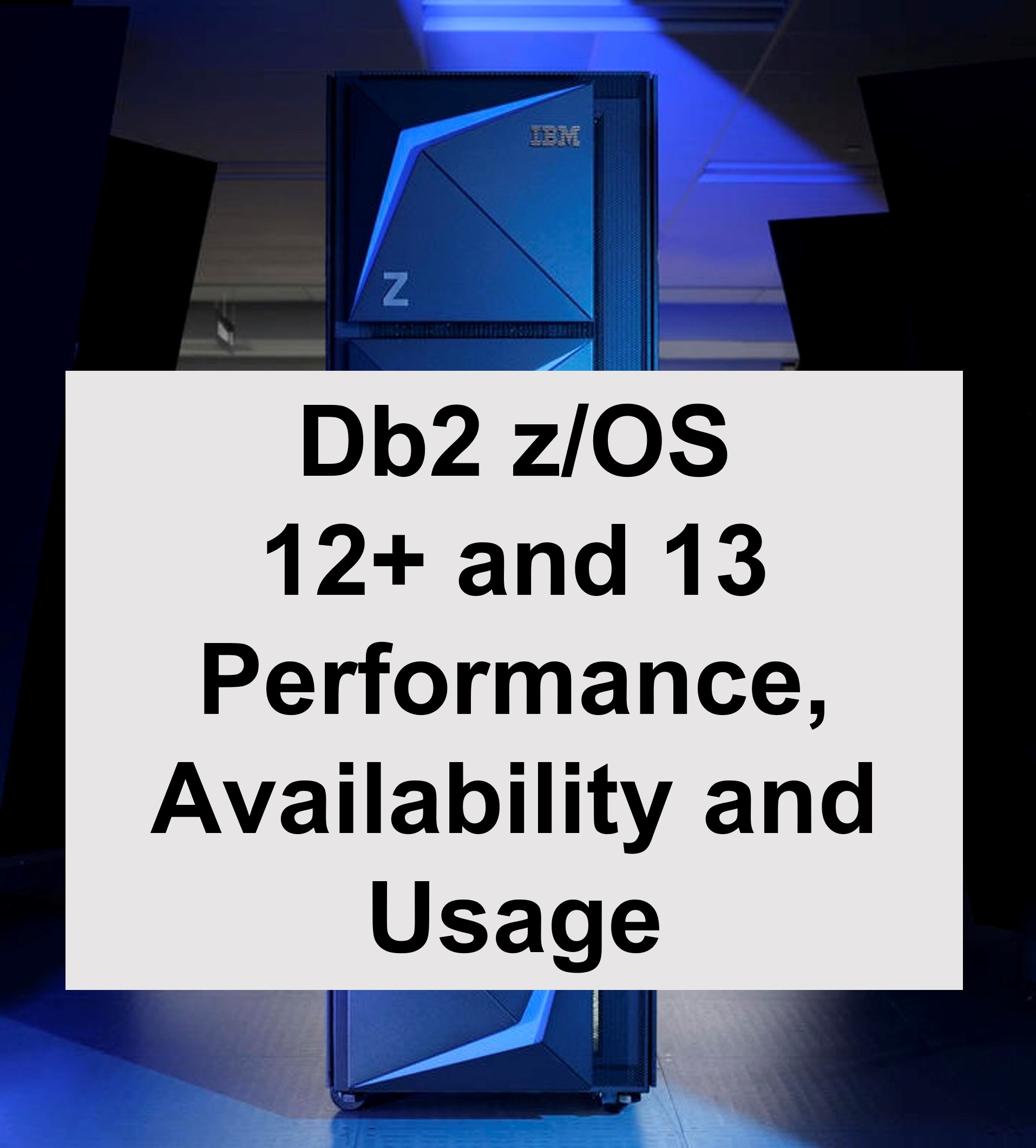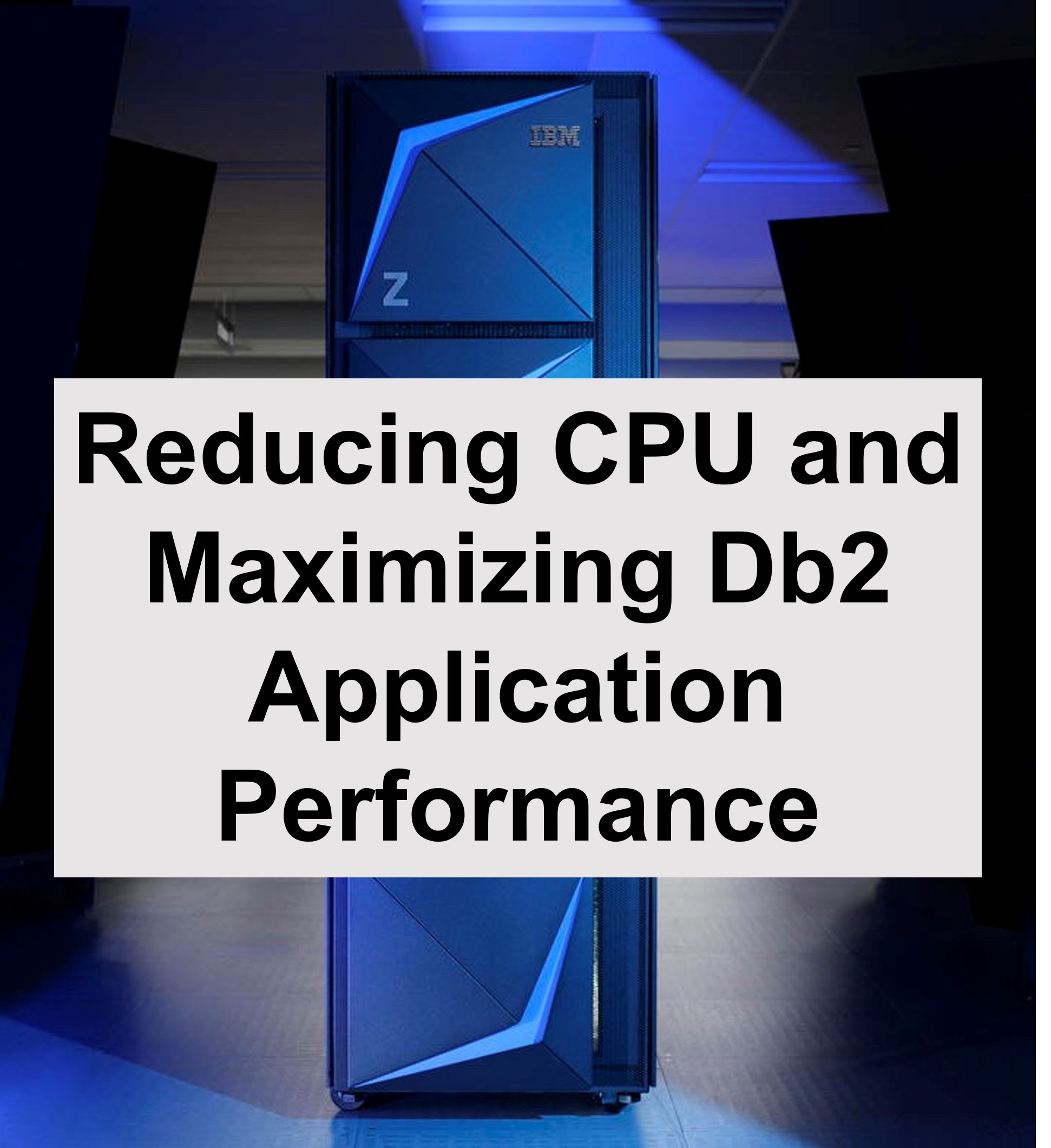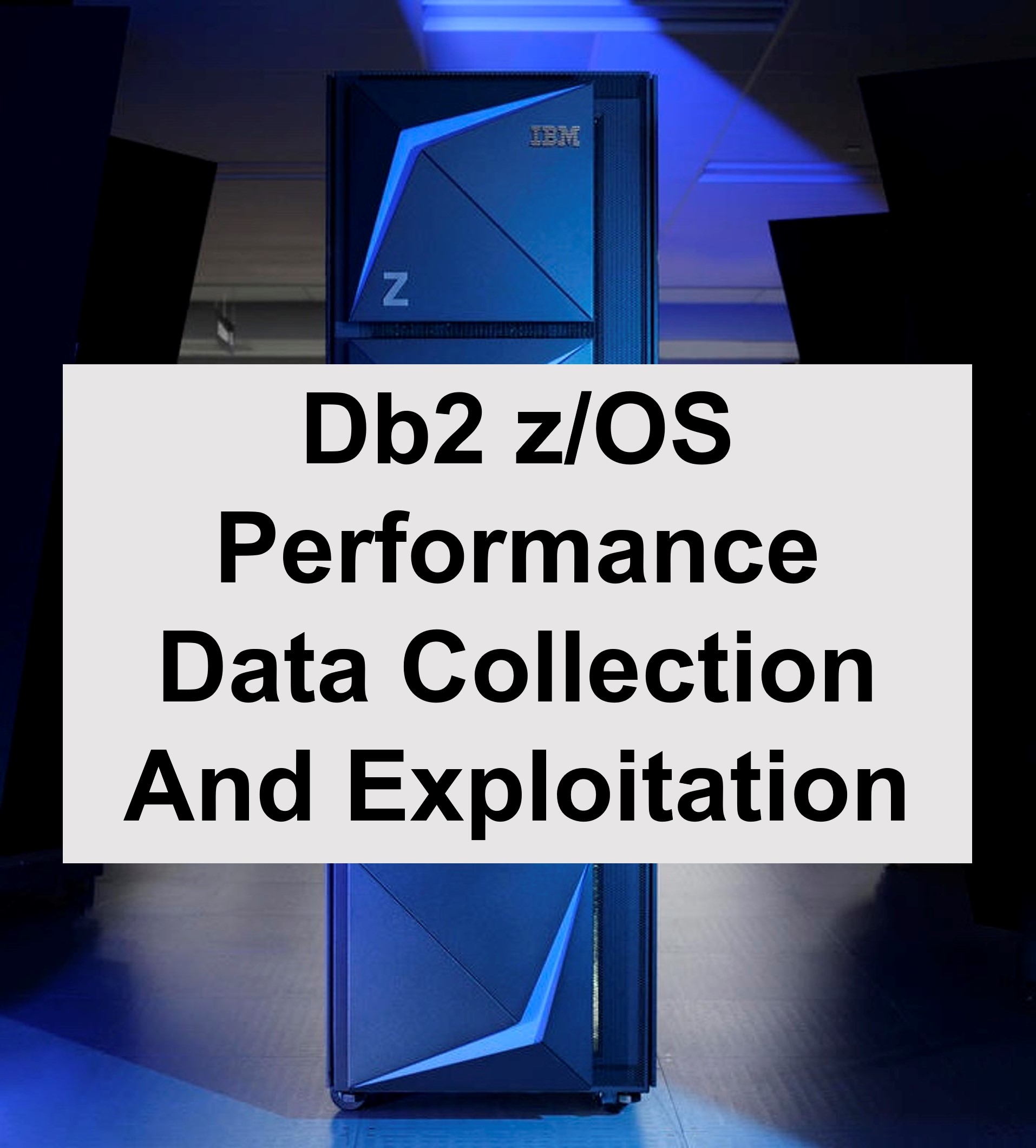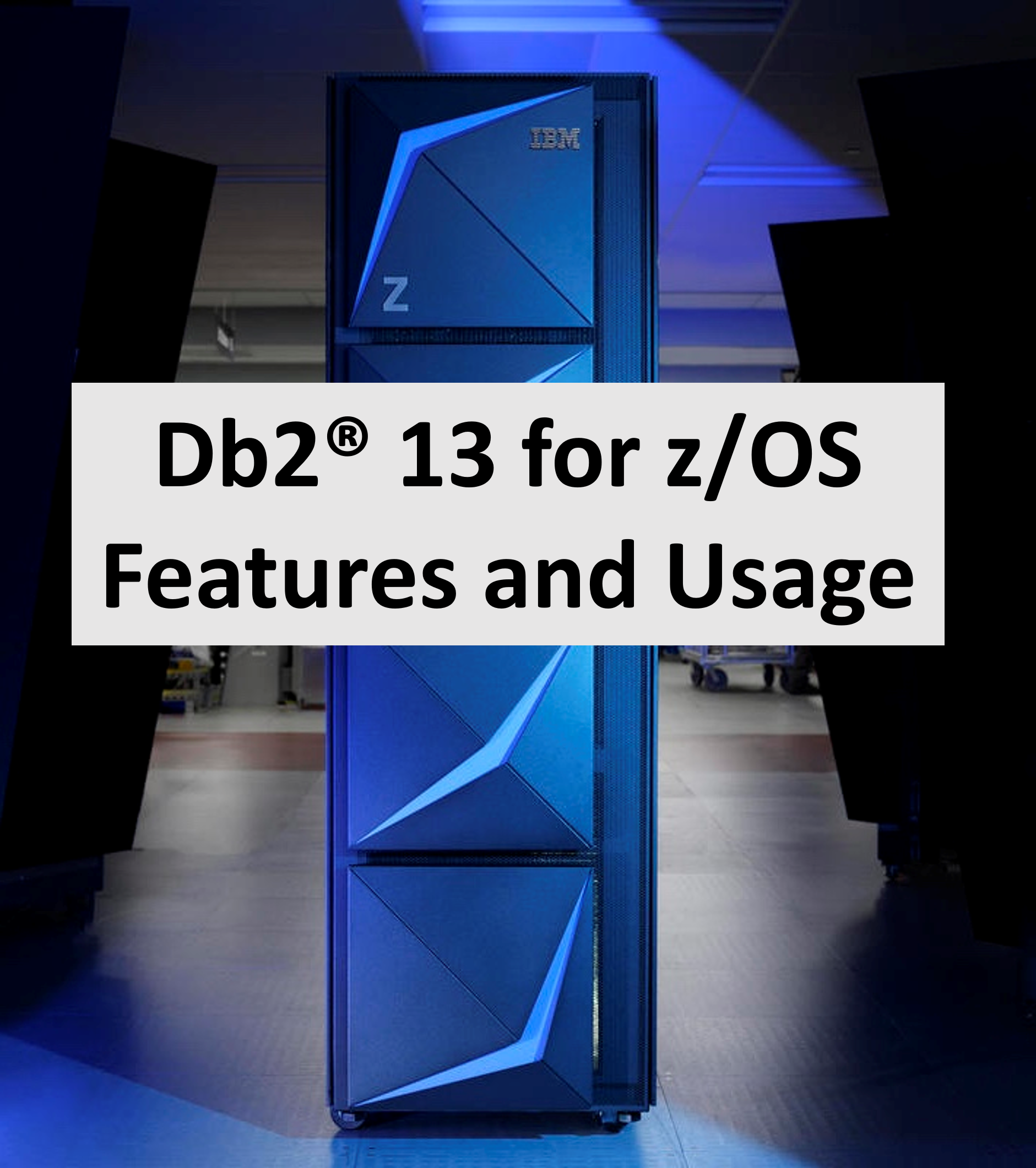
This course presents the new features and enhancements of Db2 for z/OS 13. It also provides details on each enhancement and insight into consideration and usage.
Db2 Function Levels and APARs
Modes and Prerequisites for Migration
Availability and Scalability Features
Performance Enhancements
Application Management and SQL Changes
AI and SQL Data Insights
Security and Auditing
Db2 Utility Enhancements
Instrumentation and Serviceability
.
